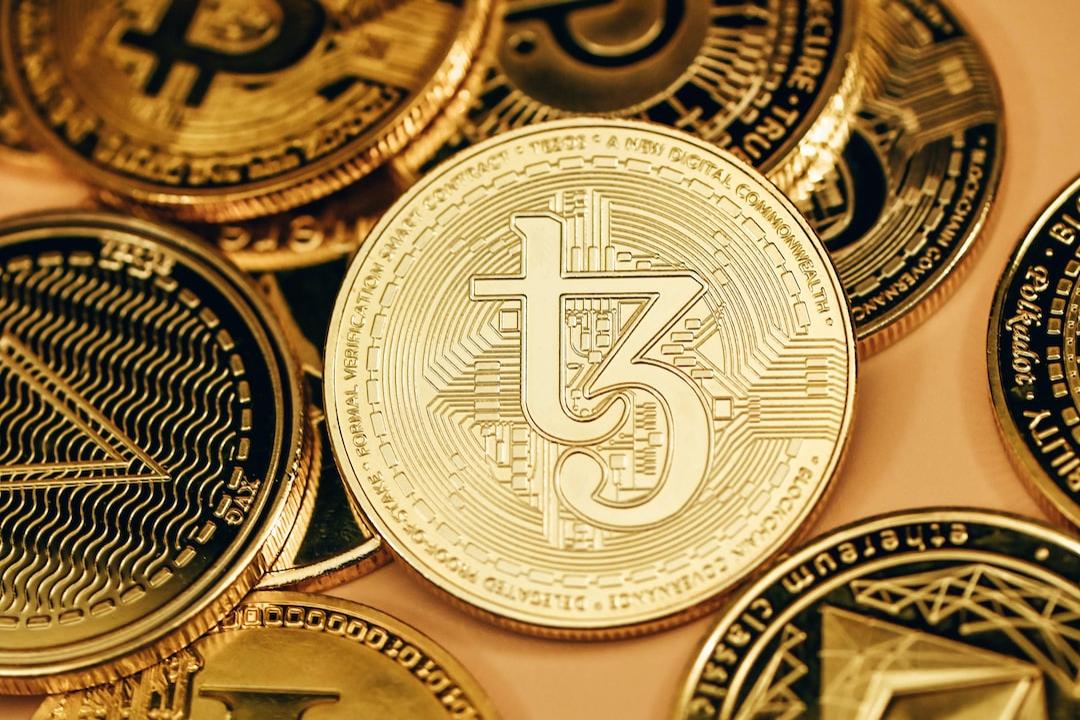Recent legislative proposals have emerged in Utah, Kentucky, and Maryland, focusing on the allocation of public resources to digital assets. Discussions are ongoing about the differing regulatory approaches proposed by state representatives, who are advocating for the use of public funds in digital asset investments.
Legislative Developments in Utah
In Utah, a bill allowing the state treasury to invest in specific digital assets has narrowly passed the House of Representatives. The bill considers stable digital assets or those exceeding a certain market value. If enacted, the law aims to be implemented effectively.
Innovative Approaches from Maryland and Kentucky
In Maryland, Democratic Delegate Caylin Young has introduced a bill aimed at creating a digital asset reserve, proposed to be funded by revenue from gambling violations. Meanwhile, Kentucky has put forth two different bills that suggest allowing state pension funds to invest in digital asset exchange-traded funds. Additionally, discussions are underway regarding various restrictions on the use of central bank digital currencies.
The proposals do not include demands for generating new tax revenues. While different states are exploring similar regulations, Michigan and Wisconsin have practical examples in place.
These legislative efforts reflect various approaches to integrating digital assets with public financing, shaped by current economic conditions and technological advancements. Ongoing discussions continue to evolve within this context.
Previous initiatives, such as former President Trump’s executive order on creating a digital asset stockpile, have also sparked similar debates. Such steps seem to pave the way for new initiatives at the state level.
Evaluation of the current proposals may set the groundwork for similar initiatives in other states in the future. Decision-making processes and implementation details are expected to become clearer over time.


